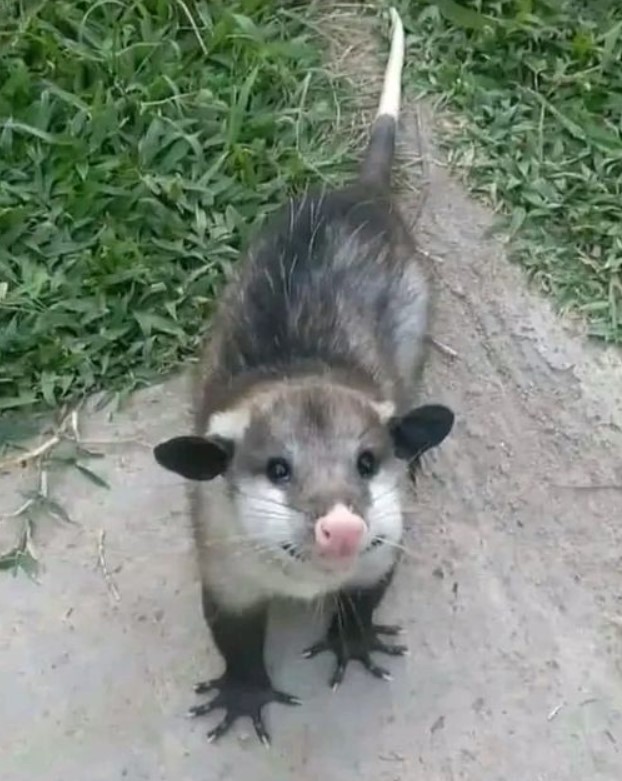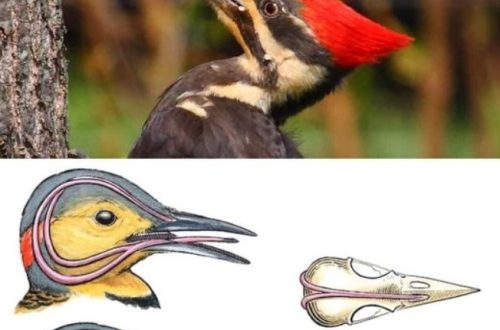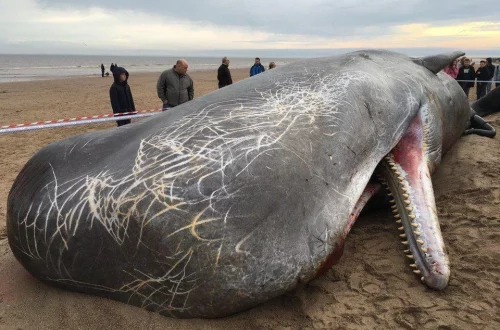One of the cutest beings on this planet, an opossum, also one of the most misunderstood. They are marsupials, they do not transmit rabies and are indispensable for pest control.
Opossums are famous for playing dead, so much so that almost everyone has heard the term “playing possum” in reference to this unique response to fear.
For opossums, playing dead is an involuntary response. When they are frightened, they are temporarily paralyzed, causing them to flop onto their sides, often with their tongues out and eyes in a fixed glaze, National Geographic reports. They can remain in this state for up to four hours, causing potential predators to pass them by in favor of a living catch.
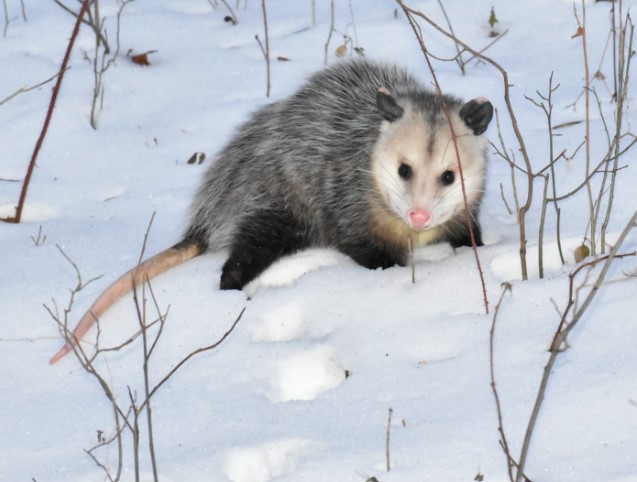
These nocturnal creatures are mammals and the only marsupial that lives in the United States. Although considered a nuisance in some areas where their populations are high, opossums provide natural pest control. They kill and eat mice, rats and cockroaches, as well as snails, slugs and other garden pests, according to the National Wildlife Foundation . They are also resistant or partially resistant to snake venom, so they can help keep these animals at bay.
Most significantly, opossums eat ticks by the thousands — up to 4,000 per week, the National Wildlife Foundation reports. Ticks attach themselves to opossums as they walk through the grass, and the opossums then eat them as part of their grooming, helping stop the spread of Lyme disease and other tick-borne illnesses in the process.
The Virginia opossum breeds from December through August, depending on the latitude. Two litters per year are normal, but in colder northern regions the young from the second litter rarely survive the winter. Gestation is 12–13 days. As many as 25 young may be born in each litter, but the maximum number raised by the mother is determined by the number of teats (normally 13) in the pouch, and the average number of pouch young is usually 7 or 8. Born blind and naked and weighing about 0.13 gram (0.0046 ounce) apiece, these tiny, larvalike young crawl upward using their forelimbs as they seek the mother’s fur-lined pouch.
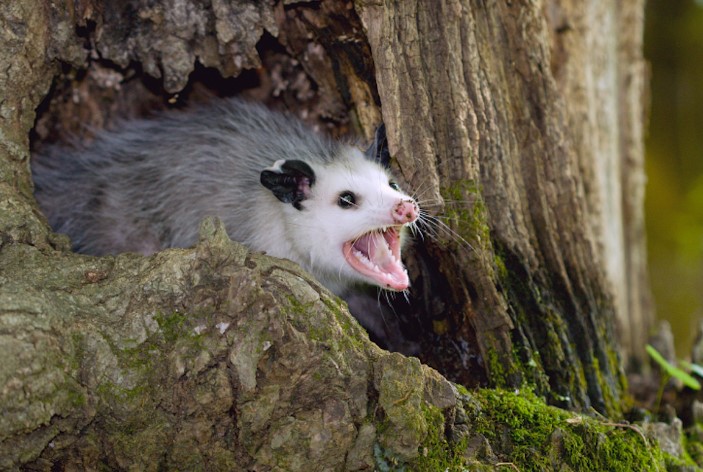
Upon entering the pouch, each newborn must attach itself to a nipple or perish. Each pouch young remains firmly attached to the nipple for the first 50–55 days of life. Thereafter, until weaned and independent, the young either travel in the pouch or cling to the fur of their mother’s back. A short time after the first litter becomes independent, the female breeds again. Each of the female’s nipples, which have become enlarged and elongated by the first litter, develops a small projection (papilla) to which the newborn from the second litter attaches.
Nobody would ever call an opossum a picky eater. These omnivores are opportunistic eaters, meaning they eat whatever is available. Animal-based foods that opossums eat includes insects, birds, bird eggs, small mammals, frogs, snails and worms, according to IDNR. They also eat roadkill and other carrion, or dead animals. Among plants, they eat fruits and nuts. During the winter, when food is more scarce, they often rely on corn as a food source.

